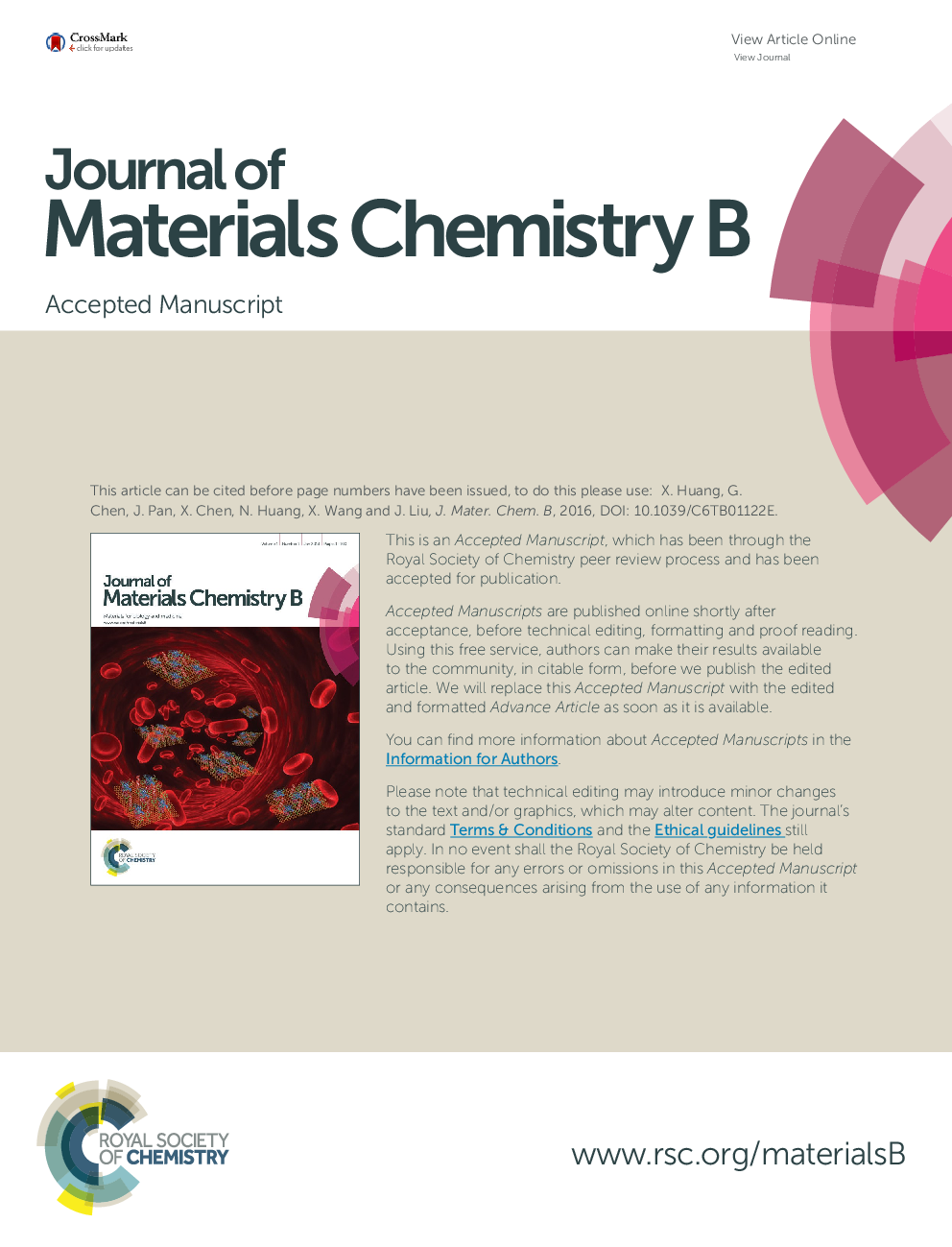| کد مقاله | کد نشریه | سال انتشار | مقاله انگلیسی | نسخه تمام متن |
|---|---|---|---|---|
| 5700116 | 1410454 | 2007 | 33 صفحه PDF | دانلود رایگان |
عنوان انگلیسی مقاله ISI
Bioreductive Drugs: from Concept to Clinic
دانلود مقاله + سفارش ترجمه
دانلود مقاله ISI انگلیسی
رایگان برای ایرانیان
کلمات کلیدی
موضوعات مرتبط
علوم پزشکی و سلامت
پزشکی و دندانپزشکی
تومور شناسی
پیش نمایش صفحه اول مقاله

چکیده انگلیسی
One of the key issues for radiobiologists is the importance of hypoxia to the radiotherapy response. This review addresses the reasons for this and primarily focuses on one aspect, the development of bioreductive drugs that are specifically designed to target hypoxic tumour cells. Four classes of compound have been developed since this concept was first proposed: quinones, nitroaromatics, aliphatic and heteroaromatic N-oxides. All share two characteristics: (1) they require hypoxia for activation and (2) this activation is dependent on the presence of specific reductases. The most effective compounds have shown the ability to enhance the anti-tumour efficacy of agents that kill better-oxygenated cells, i.e. radiation and standard cytotoxic chemotherapy agents such as cisplatin and cyclophosphamide. Tirapazamine (TPZ) is the most widely studied of the lead compounds. After successful pre-clinical in vivo combination studies it entered clinical trial; over 20 trials have now been reported. Although TPZ has enhanced some standard regimens, the results are variable and in some combinations toxicity was enhanced. Banoxantrone (AQ4N) is another agent that is showing promise in early phase I/II clinical trials; the drug is well tolerated, is known to locate in the tumour and can be given in high doses without major toxicities. Mitomycin C (MMC), which shows some bioreductive activation in vitro, has been tested in combination trials. However, it is difficult to assign the enhancement of its effects to targeting of the hypoxic cells because of the significant level of its hypoxia-independent toxicity. More specific analogues of MMC, e.g. porfiromycin and apaziquone (EO9), have had variable success in the clinic. Other new drugs that have good pre-clinical profiles are PR 104 and NLCQ-1; data on their clinical safety/efficacy are not yet available. This paper reviews the pre-clinical data and discusses the clinical studies that have been reported.
ناشر
Database: Elsevier - ScienceDirect (ساینس دایرکت)
Journal: Clinical Oncology - Volume 19, Issue 6, August 2007, Pages 427-442
Journal: Clinical Oncology - Volume 19, Issue 6, August 2007, Pages 427-442
نویسندگان
S.R. McKeown, R.L. Cowen, K.J. Williams,